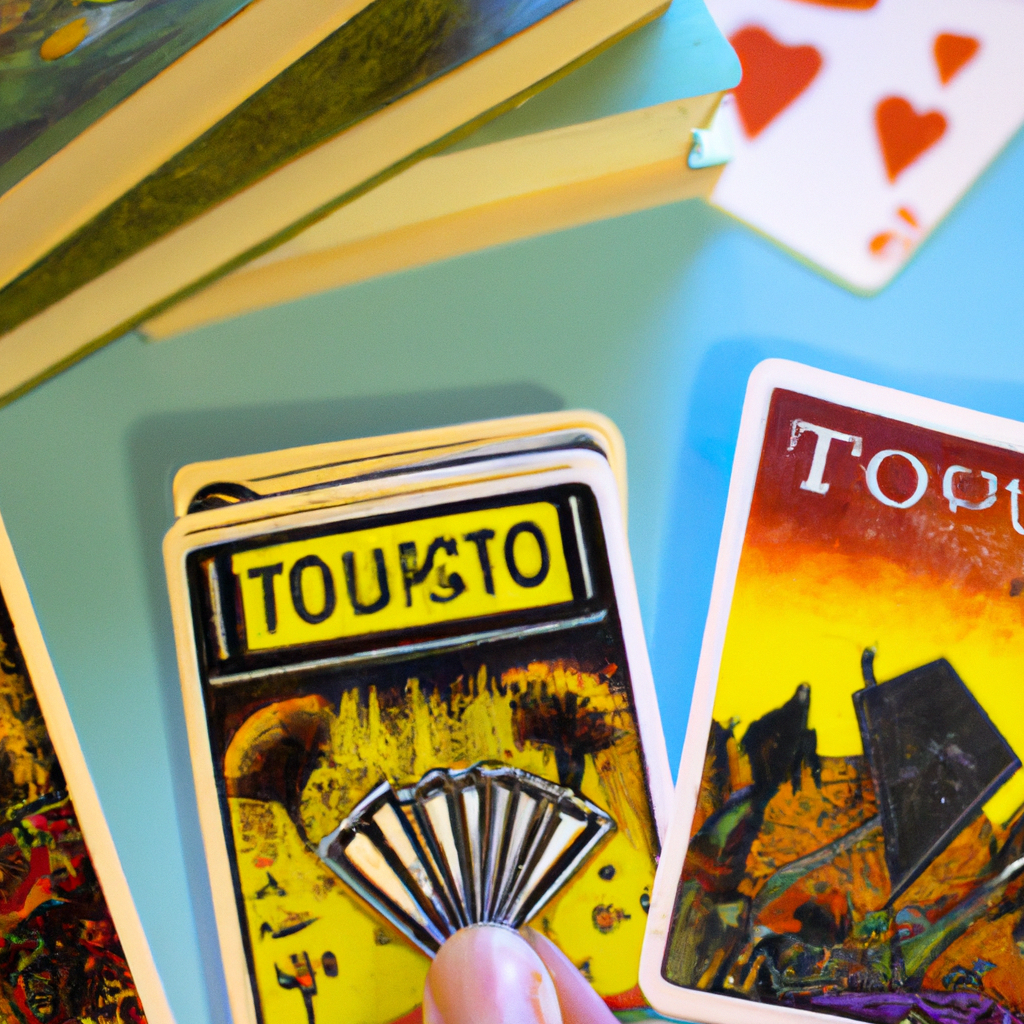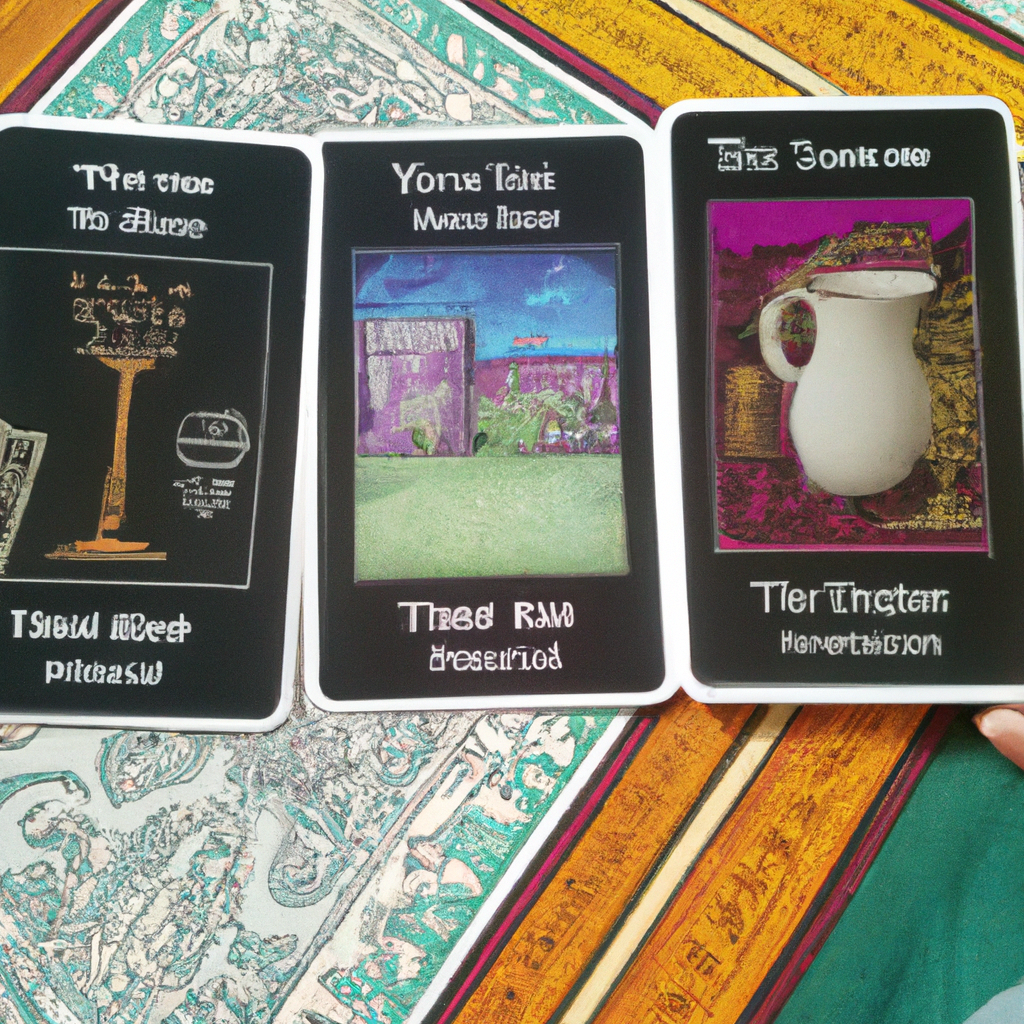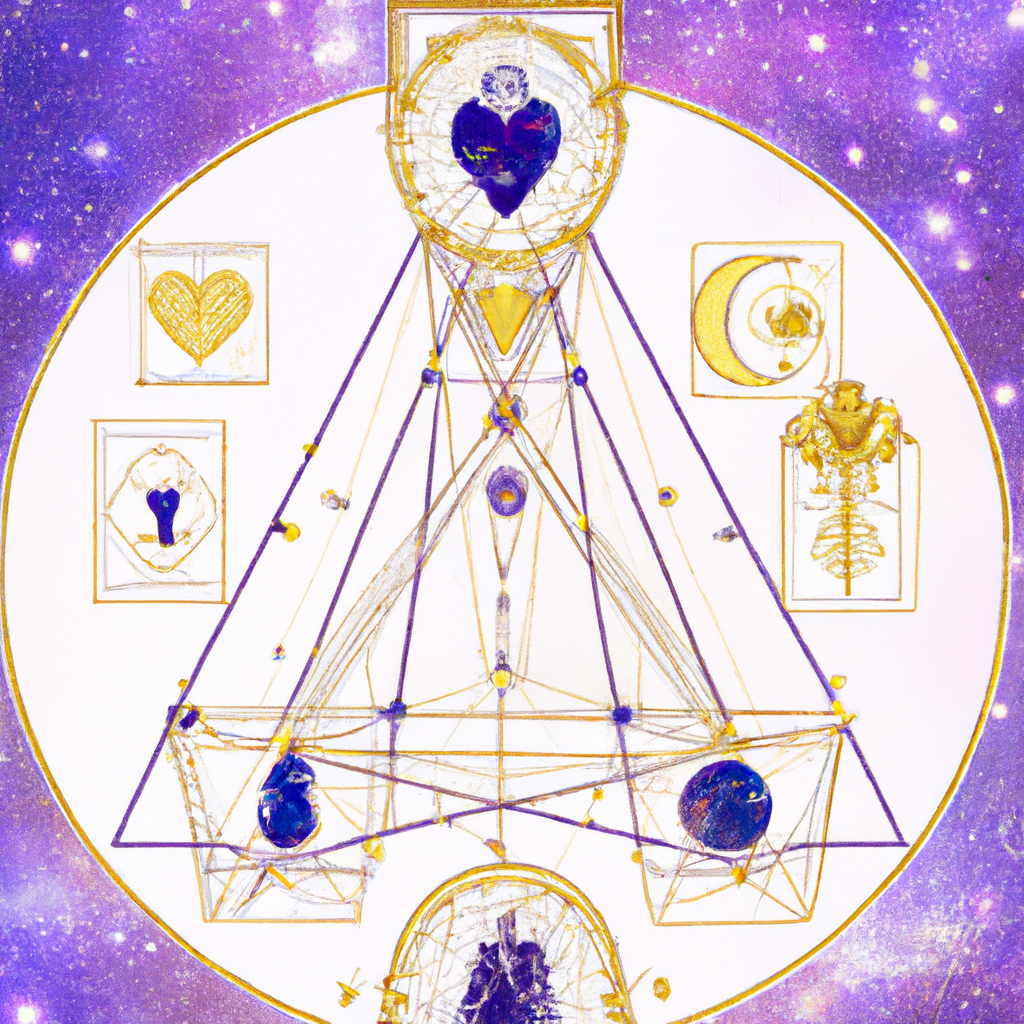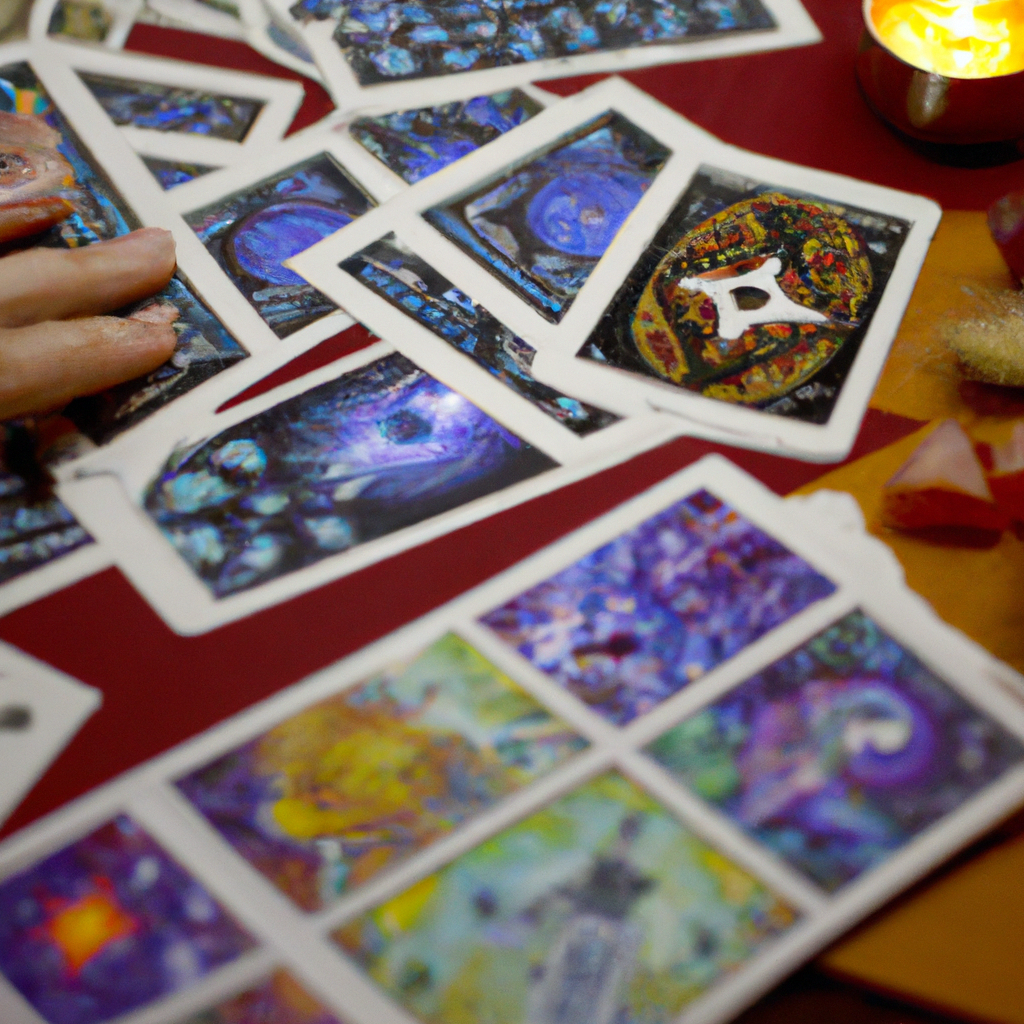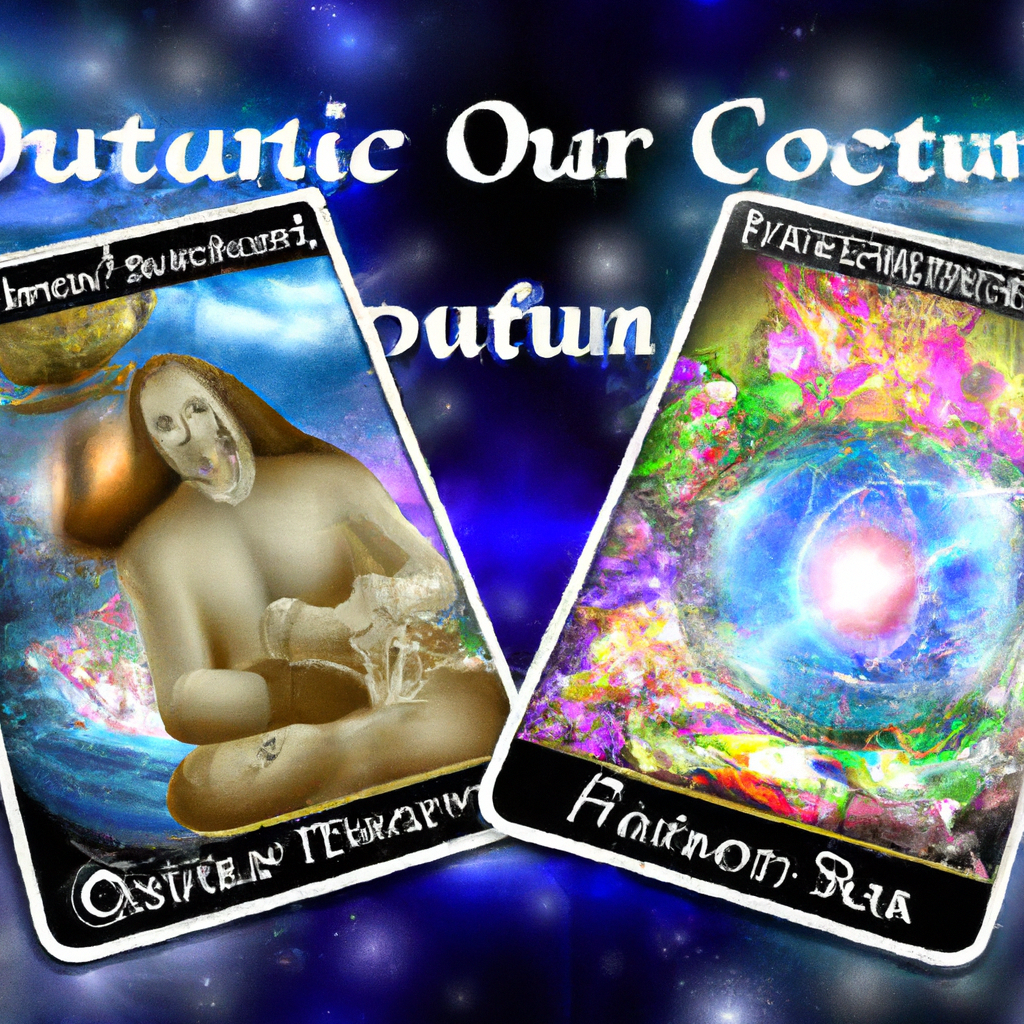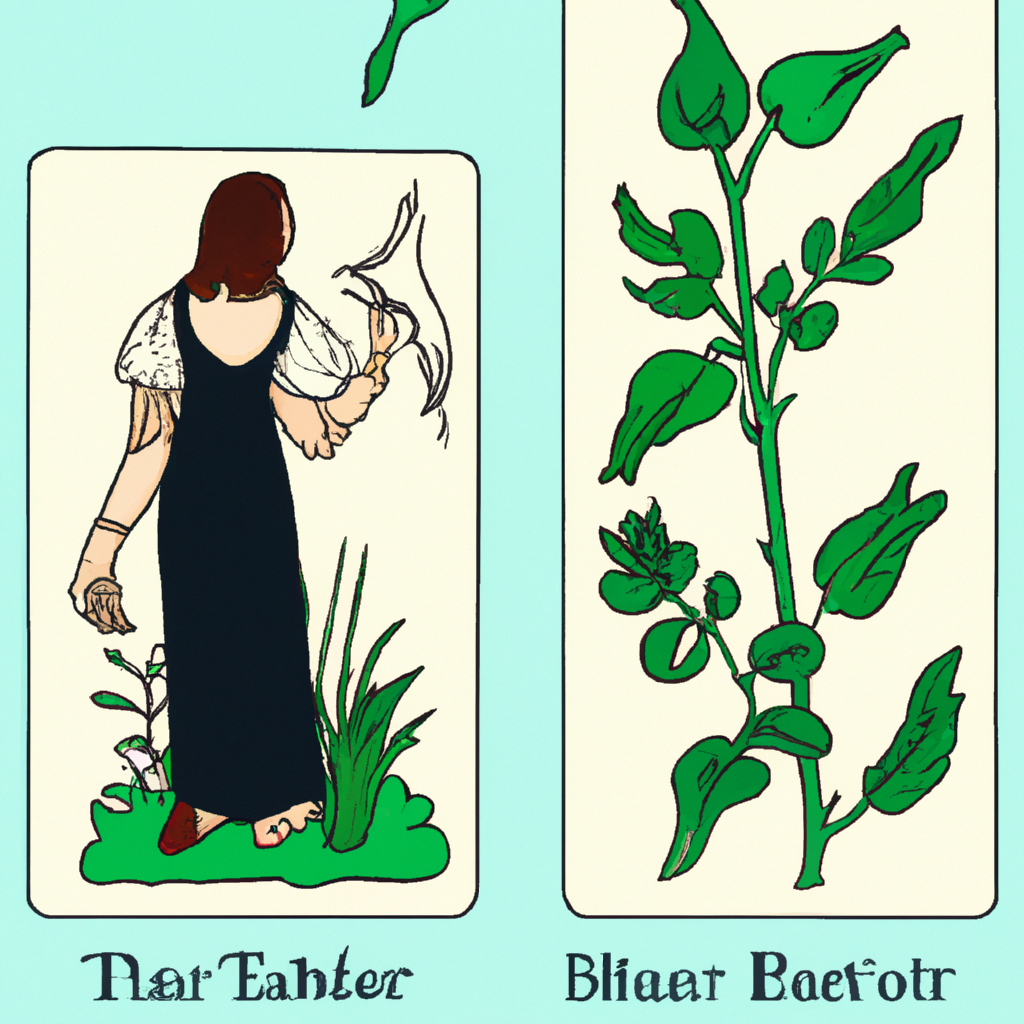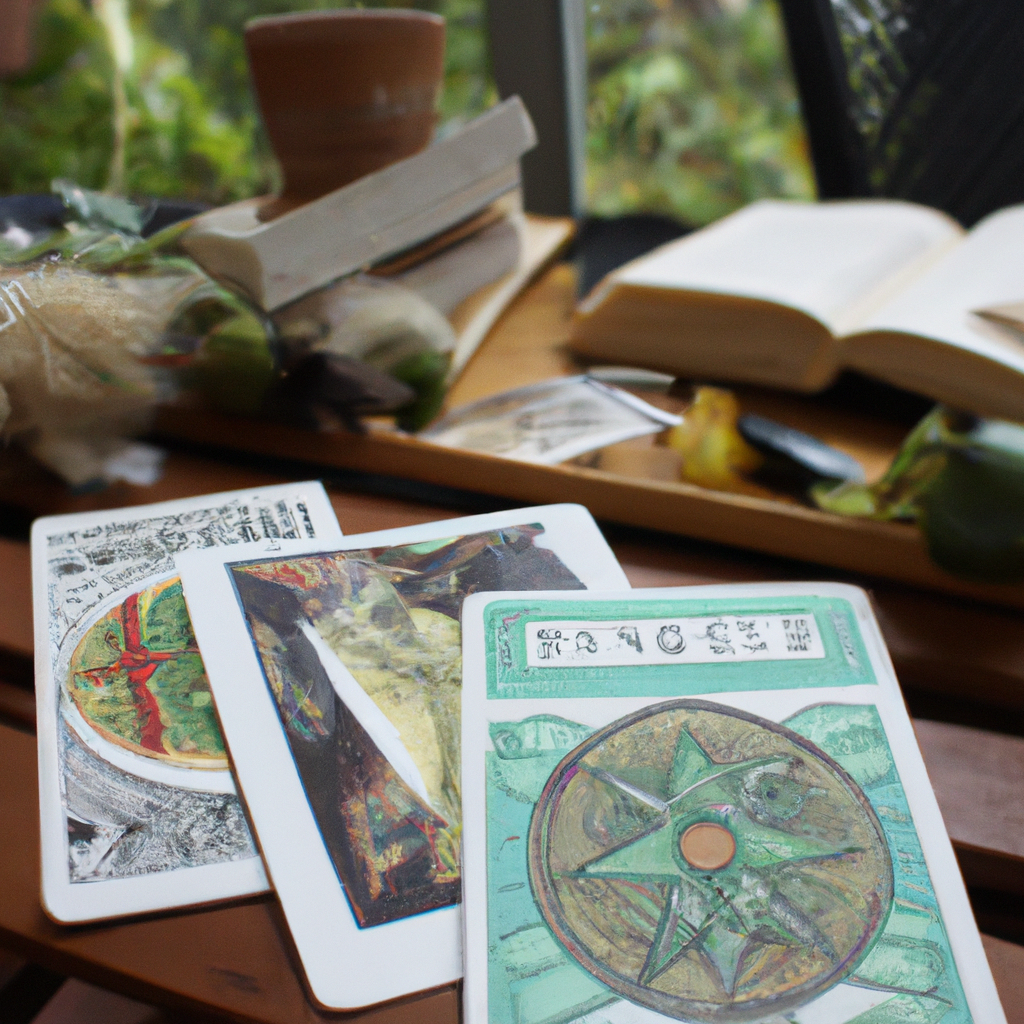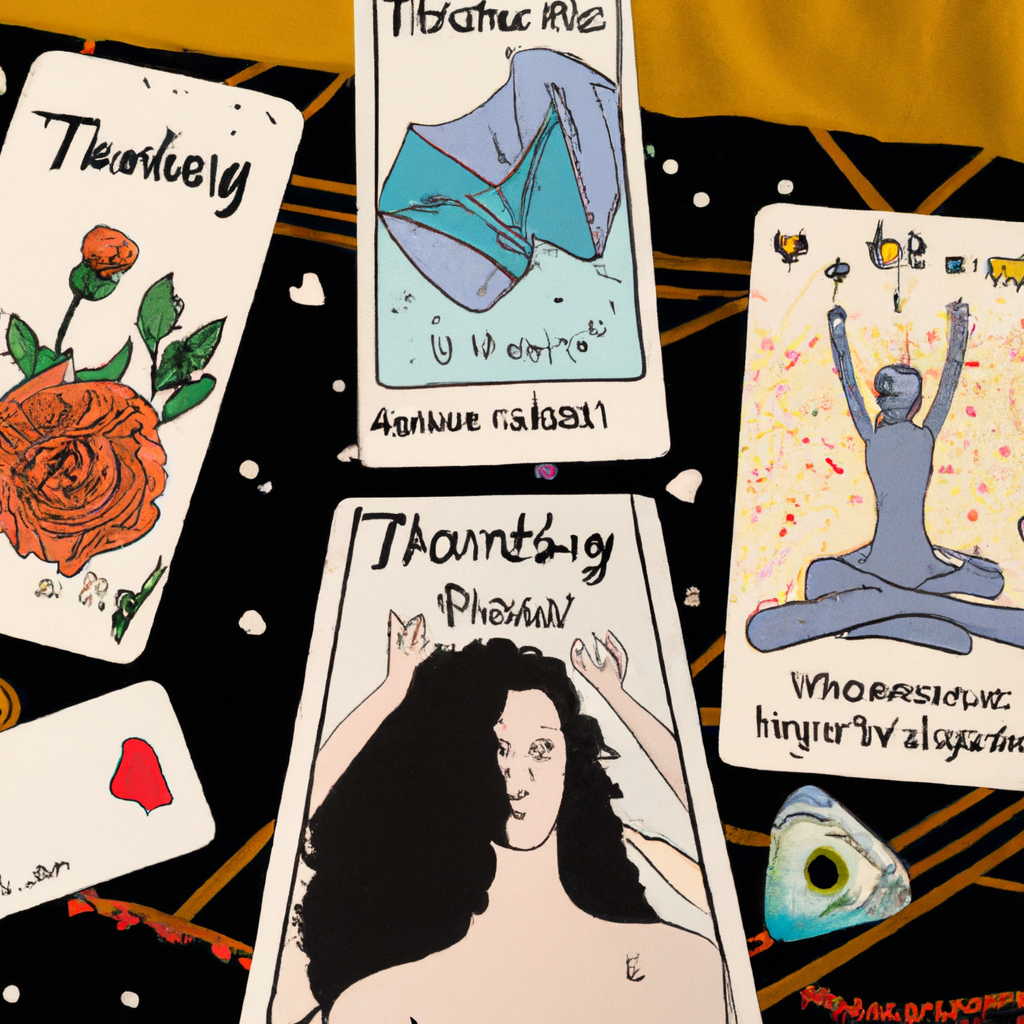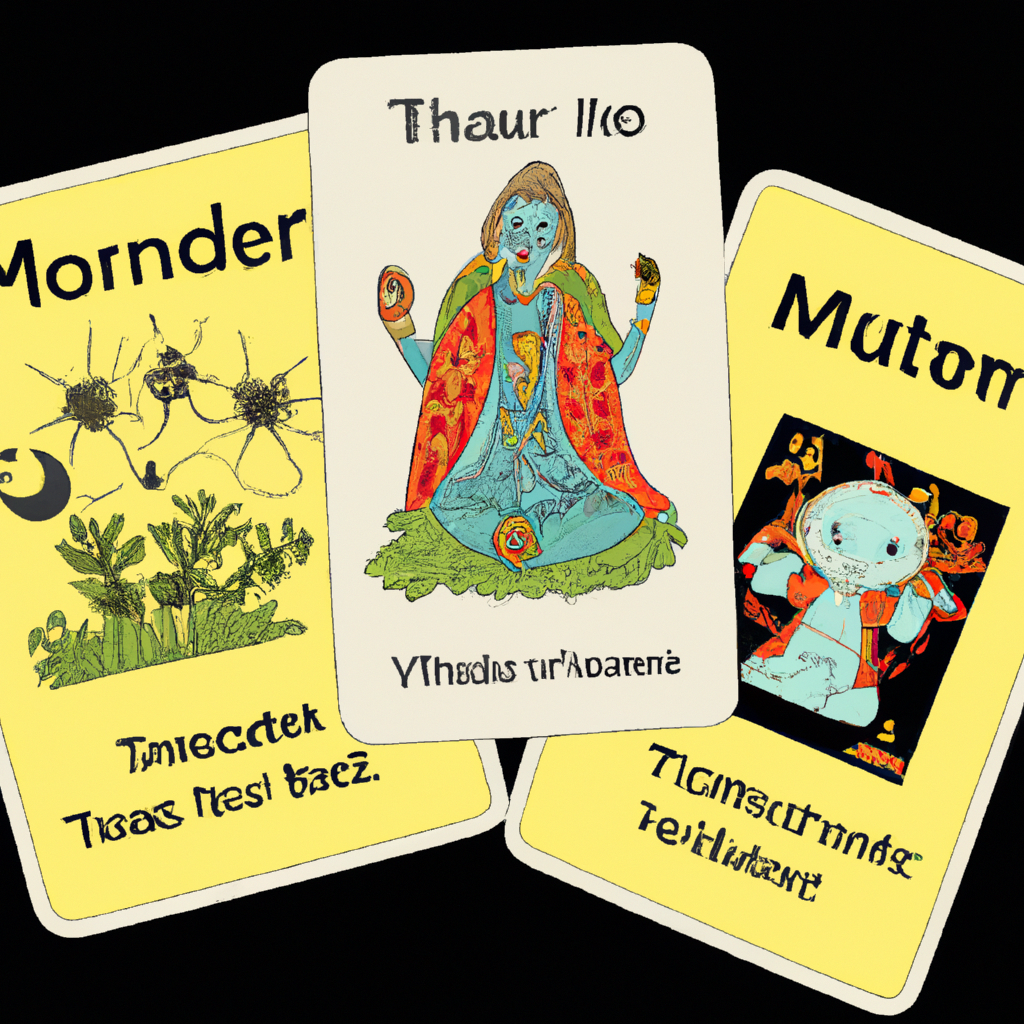Shopping Cart.
No products in the cart.
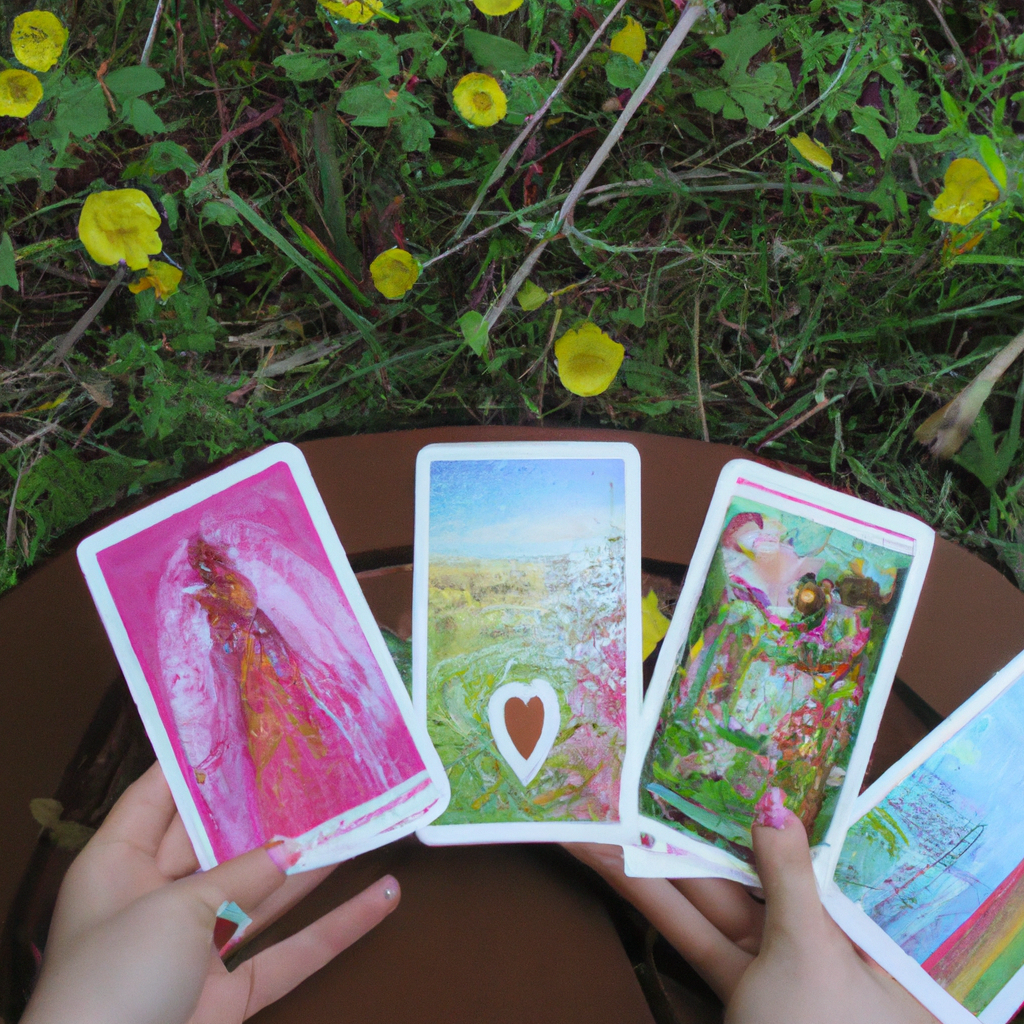
Tarot and bioregionalism may seem like an unlikely pair at first glance. However, upon closer inspection, the connection between these two concepts becomes more apparent and intriguing. The practice of tarot reading, with its rich symbolism and intuitive interpretation, can be beautifully intertwined with the principles of bioregionalism, a philosophy that emphasizes a deep, personal connection with the natural world around us.
Imagine this: you’re sitting in your favorite spot in the park, a deck of tarot cards in your hand. The sun is shining, the birds are singing, and you’re surrounded by the vibrant colors and textures of nature. As you shuffle the deck and lay out the cards, you can’t help but feel a sense of connection with the environment around you. This is the essence of nature-inspired tarot readings, a practice that combines the spiritual insights of tarot with the grounding influence of nature.
The concept of bioregionalism encourages us to develop a deep understanding and appreciation of our local environment. It’s about recognizing the unique characteristics of our surroundings and learning to live in harmony with them. When applied to tarot readings, this philosophy can add a new layer of meaning and relevance to the cards’ interpretations.
For instance, consider the suit of Pentacles in the tarot deck, which is associated with the element of earth and symbolizes material wealth and physical aspects of life. In a nature-inspired tarot reading, the Pentacles could represent the natural resources in your local environment and your relationship with them. A card like the Five of Pentacles, which traditionally signifies financial loss or hardship, could be interpreted as a call to reassess your consumption habits and their impact on the environment.
Similarly, the suit of Cups, associated with the element of water and emotional matters, could be linked to the water bodies in your region and your emotional connection with them. A card like the Ace of Cups, symbolizing new emotional beginnings, could be seen as an invitation to deepen your emotional bond with the natural world.
The beauty of this approach is that it’s highly personal and adaptable. The specific interpretations can vary greatly depending on your unique environment and personal experiences. A city dweller might associate the suit of Swords, representing air and intellectual matters, with the urban skyline and the hustle and bustle of city life. In contrast, someone living in a rural area might connect the same suit with the open skies and the tranquility of the countryside.
In essence, nature-inspired tarot readings are about grounding your spiritual practice in the reality of your physical surroundings. They encourage you to look beyond the abstract symbolism of the cards and find meaning in the tangible, everyday aspects of your environment. It’s a practice that not only enriches your tarot readings but also fosters a deeper connection with nature, aligning perfectly with the principles of bioregionalism.
So next time you pick up your tarot deck, why not take it outside and let nature be your guide? You might be surprised by the insights you gain and the newfound appreciation you develop for your local environment. After all, as the saying goes, “Nature is the best teacher,” and who knows, it might just have some tarot wisdom to share.
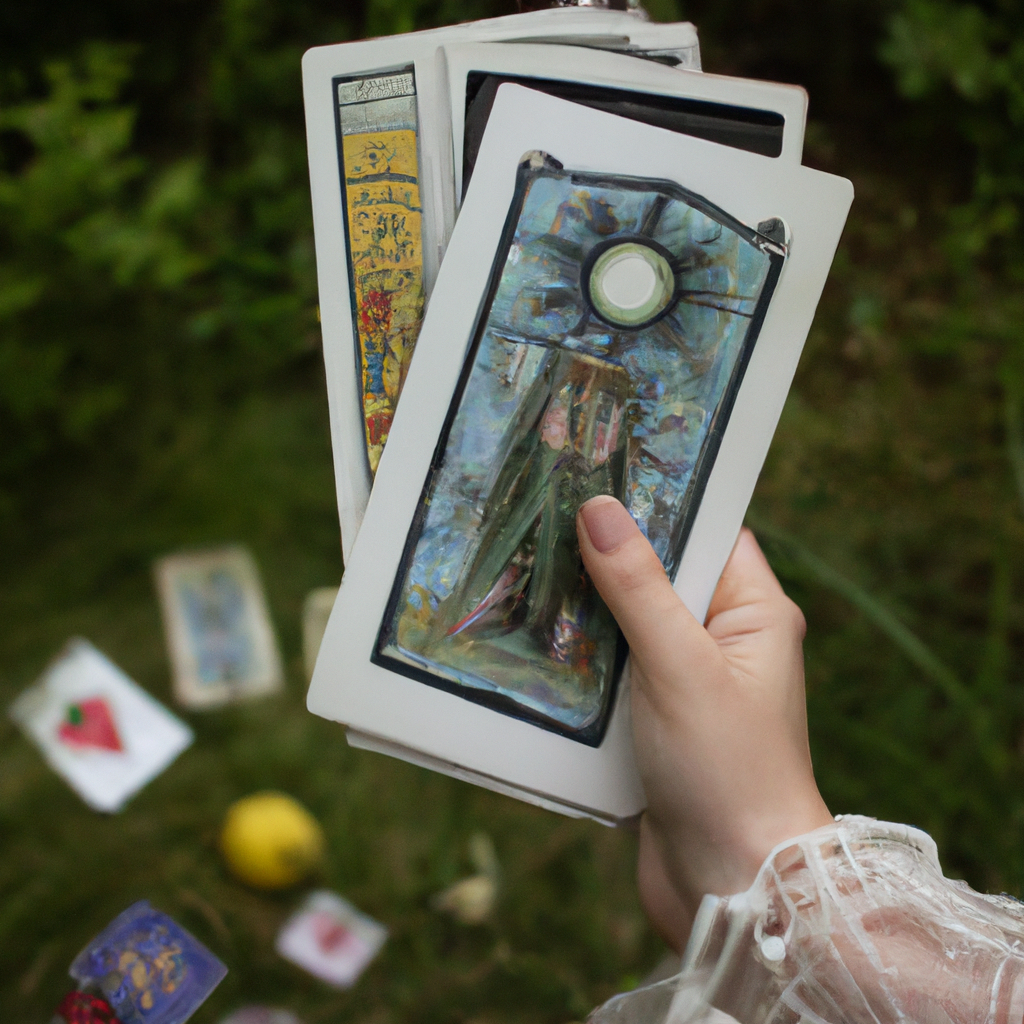
Tarot and Bioregionalism: Nature-Inspired Readings
As a tarot enthusiast, I’ve always been fascinated by the way the cards can tap into the unseen currents of our lives, offering guidance and insight. But it wasn’t until I stumbled upon the concept of bioregionalism that I truly began to see the cards in a new light. Bioregionalism, for those unfamiliar with the term, is a philosophy that emphasizes a deep, personal connection to the natural world around us. It’s about understanding the unique characteristics of our local environment and living in harmony with them. And as I discovered, it’s a philosophy that can add a whole new dimension to your tarot practice.
Imagine, for a moment, that you’re preparing to do a tarot reading. You shuffle your deck, cut the cards, and lay them out in your chosen spread. But instead of relying solely on traditional interpretations, you also consider the natural elements present in each card. The fiery wands become the warm summer sun, the watery cups become the gentle rain that nourishes your garden, the earthy pentacles become the fertile soil beneath your feet, and the airy swords become the crisp autumn breeze. Suddenly, your reading isn’t just about abstract concepts and archetypes – it’s about the tangible, physical world around you.
But incorporating bioregionalism into your tarot practice isn’t just about reinterpreting the cards. It’s also about changing the way you approach your readings. Instead of doing your readings indoors, why not take your deck outside and connect with nature? Find a quiet spot in your garden, or in a nearby park, and let the sights, sounds, and smells of the natural world guide your intuition. You might be surprised at how much clearer your readings become when you’re not distracted by the hustle and bustle of modern life.
And don’t forget to pay attention to the local wildlife. Animals have always played a significant role in tarot symbolism, and by observing the creatures in your local environment, you can gain a deeper understanding of the cards. For example, if you live in a region where deer are common, you might associate the gentle, graceful energy of the deer with the Empress card. Or if you live near the ocean, you might associate the powerful, unpredictable energy of the sea with the Tower card.
Finally, consider incorporating local plants and herbs into your tarot practice. Many plants have traditional associations with certain tarot cards, and by using these plants in your readings, you can create a stronger connection between the cards and your local environment. For example, you might use rosemary for clarity in your readings, as it’s associated with the High Priestess card, or lavender for peace and relaxation, as it’s associated with the Four of Swords.
Incorporating bioregionalism into your tarot practice is about more than just adding a new layer of interpretation to your readings. It’s about forging a deeper connection with the natural world, and learning to see the sacred in the everyday. It’s about understanding that we are not separate from nature, but a part of it – and that by aligning ourselves with the rhythms of the earth, we can tap into a wellspring of wisdom and insight. So why not give it a try? You might be surprised at what you discover.
Tarot and Bioregionalism: Nature-Inspired Readings
Have you ever noticed how the natural world seems to speak to us in whispers and signs? A sudden gust of wind, a bird’s song, or the rustling of leaves can all feel like messages from the universe. This is the essence of bioregionalism, a philosophy that encourages us to develop a deeper connection with the natural world around us. Now, imagine combining this philosophy with the ancient art of tarot reading. The result is a unique, nature-inspired approach to understanding ourselves and our place in the world.
The tarot, with its rich symbolism and imagery, has long been used as a tool for introspection and guidance. Each card in the deck represents a different aspect of human experience, from love and relationships to challenges and triumphs. But what if we were to infuse these readings with the wisdom of the natural world? This is where bioregionalism comes in.
Bioregionalism encourages us to live in harmony with the land, to understand its rhythms and cycles, and to respect its unique characteristics. It’s about recognizing that we are part of a larger ecosystem and that our actions have an impact on this system. When applied to tarot readings, this philosophy can provide a fresh perspective and deeper insights.
Imagine drawing the Three of Cups, a card traditionally associated with celebration and friendship. In a nature-inspired reading, this card might prompt you to consider the joy and camaraderie found in a flock of birds or a cluster of blooming flowers. It’s a reminder that we, too, are social creatures who thrive on connection and celebration.
Or consider the Tower, a card often associated with sudden change or upheaval. In the context of bioregionalism, this card might bring to mind a powerful storm or a forest fire—events that, while destructive, also pave the way for new growth and transformation. It’s a reminder that change, even when it’s difficult, is a natural part of life.
The beauty of this approach is that it’s deeply personal and adaptable. Your nature-inspired readings will be influenced by your own experiences and observations of the natural world. If you live near the ocean, your readings might be infused with the wisdom of the tides and the creatures of the deep. If you live in a city, you might draw inspiration from the resilience of urban wildlife or the changing seasons in a local park.
In essence, nature-inspired tarot readings are about deepening our connection with the natural world and using this connection to gain insight into our own lives. They remind us that we are not separate from nature, but rather, we are an integral part of it. And just as the natural world is full of wisdom and lessons, so too are our tarot readings.
So, the next time you shuffle your tarot deck, consider the whispers of the wind, the rustling of the leaves, or the song of a bird. Let the wisdom of the natural world guide your readings and illuminate your path. After all, we are all part of this beautiful, interconnected web of life.
In conclusion, Tarot and Bioregionalism: Nature-Inspired Readings combine the spiritual practice of tarot reading with the ecological philosophy of bioregionalism. This approach encourages a deeper connection with the natural world, promoting environmental awareness and sustainability. It provides a unique perspective for interpreting tarot readings, using nature as a guide for personal insight and growth.
